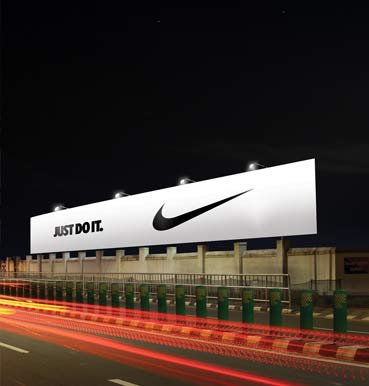 Outdoor media hoarding and billboards are popular forms of out-of-home (OOH) advertising. They involve displaying advertising messages, graphics, or visuals on large outdoor structures, typically placed in high-traffic areas to capture the attention of pedestrians and motorists. Here’s an overview of these advertising mediums
Outdoor media hoarding and billboards are popular forms of out-of-home (OOH) advertising. They involve displaying advertising messages, graphics, or visuals on large outdoor structures, typically placed in high-traffic areas to capture the attention of pedestrians and motorists. Here’s an overview of these advertising mediums
Outdoor Media Hoarding:
Definition: Outdoor media hoarding is a broad term that encompasses various types of large advertising displays in outdoor settings. It includes billboards, transit shelters, digital screens, and more.
Types:
Billboards: These are large, static, or digital displays that typically feature a single message or visual. Billboards come in various sizes, including bulletin boards (largest), poster boards (medium-sized), and digital billboards (dynamic and often changing ads).
Transit Shelters: These are often located at bus stops or transit hubs and feature advertisements on the sides or back of the shelter. They provide exposure to both pedestrians and public transportation users.
Wall Murals: These are large painted or printed images that cover the entire surface of a building or wall. They can be highly visually impactful.
Street Furniture: This category includes benches, kiosks, and other urban infrastructure that may feature advertising panels.
Benefits
- High Visibility: Hoardings are strategically placed in areas with high foot or vehicle traffic, ensuring broad exposure.
- Brand Awareness: They help increase brand visibility and recognition.
- Location-Based Targeting: Advertisers can select specific locations to target their desired audience.
- Long Exposure: Hoardings are often visible 24/7, providing continuous exposure.
Challenges
- Cost: High-quality hoarding space in prime locations can be expensive.
- Limited Message Space: Due to their size, hoardings are best suited for short and impactful messages.
- Design Constraints: Advertisers must create eye-catching visuals that can be quickly absorbed by viewers.
